Are you looking for the best postpartum essentials for your home?
You are in the right place.
As an OBGYN and recent mother, I have compiled a list of the items you need to recover and make your life easier.
Here are my top postpartum essentials.
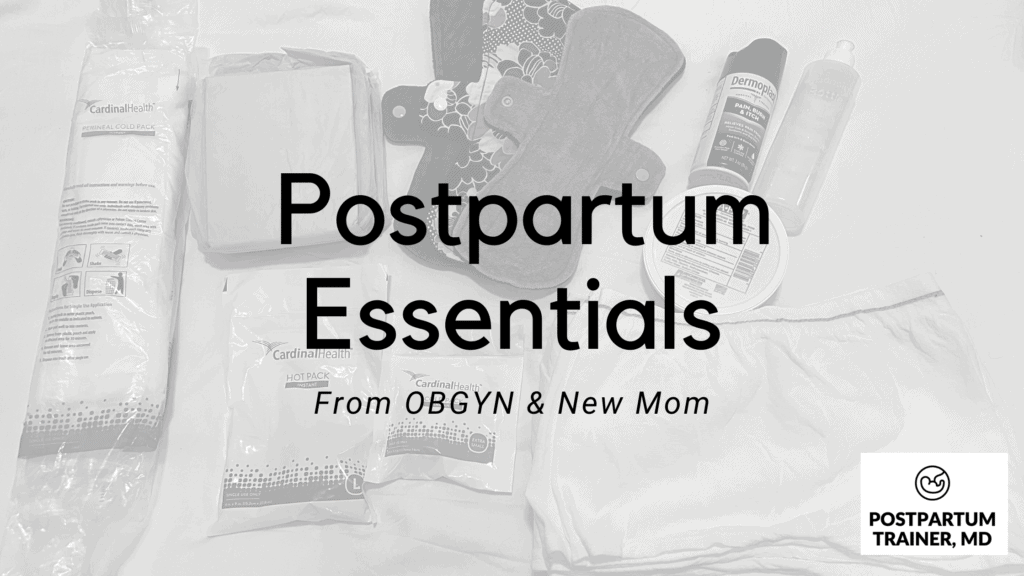
What do postpartum moms need for recovery?
Whether you had a cesarean or vaginal delivery, you will need the following items for the best postpartum recovery.
Peri bottle
This peri bottle was one of my favorite items to use postpartum.
I used it to cleanse my urethra, labia, vagina, and rectum after voiding or passing a bowel movement, as these areas are very sore and sensitive after delivery.
To use it:
- Fill the bottle with cool water
- Aim it at your mons pubis
- Squeeze the bottle to allow the water to escape and work your way down towards your perineum.
Avoid hot water, which can irritate these sensitive areas!
Postpartum Pads
Postpartum pads are essential because you will experience lochia or postpartum bleeding for several weeks.
Ideally, you should buy pads labeled as “postpartum,” as these tend to be larger and more absorbent, preventing any leak-throughs.
Here is the absorbent pad I used, which was super soft and comfortable.
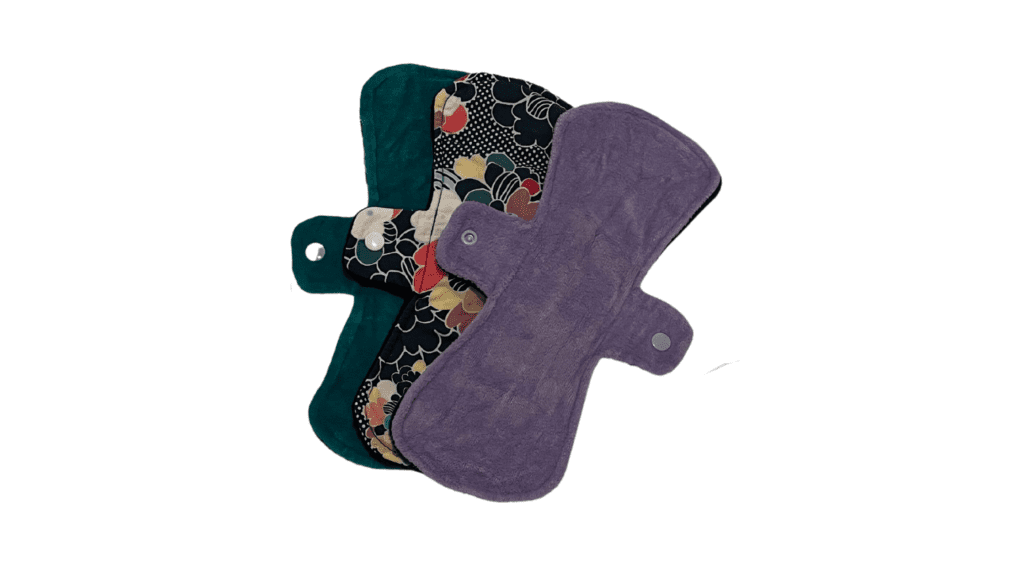
Pro tip: Before use, put the pads in the freezer to serve as cold packs. Cold can help reduce swelling and inflammation in the perineum.
Witch Hazel Pads
Witch hazel pads, also known as tucks, were one of my favorite things to use postpartum.
They contain Witch Hazel extract, which feels so good!.
These thin, circular pads help reduce inflammation and irritation at your vagina and rectum after childbirth.
To use the witch hazel pads:
- Place three circular pads in series on your postpartum pad
- One to help with clitoral and urethral healing
- One to help with vaginal recovery, and
- One to help with rectal healing, especially if you have hemorrhoids.
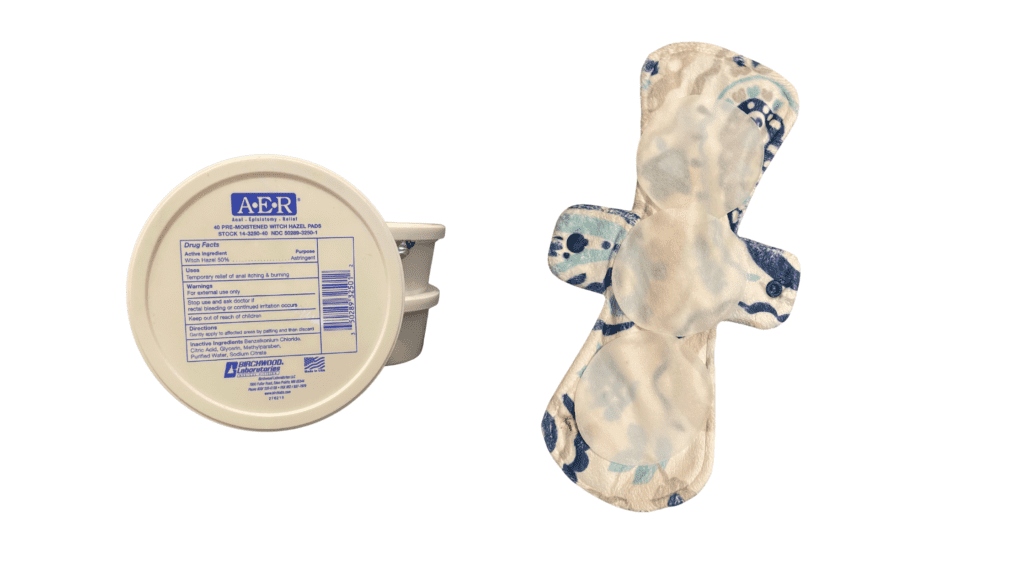
Pro tip: Before use, put the package of pads in the refrigerator to further enhance the anti-inflammatory effect.
Postpartum Panties/Shorts
Postpartum panties or shorts are a must because they help hold your postpartum pad, witch hazel pads, and ice pack in place.
Make sure that they fit you comfortably and provide some stretch.
The hospital will provide you with disposable white mesh underwear for one-time use. Your nurse will also give you some to go home with if you are lucky.
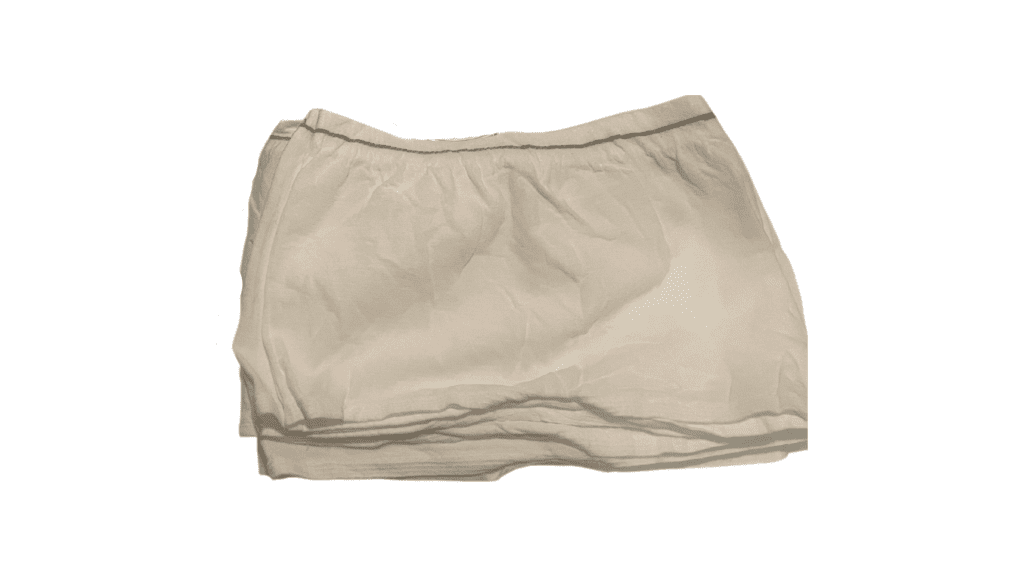
I liked that they were thin, stretchy, and went above my belly button, so I bought these from Amazon, which I really liked.
Abdominal Binder
This abdominal binder was another item I liked for my postpartum recovery as it helped me to:
- feel more comfortable while walking,
- maintain good posture, and
- provide abdominal support,
It is important to note that when purchasing a binder, make sure it is comfortable, not too tight, and doesn’t cause you pain.
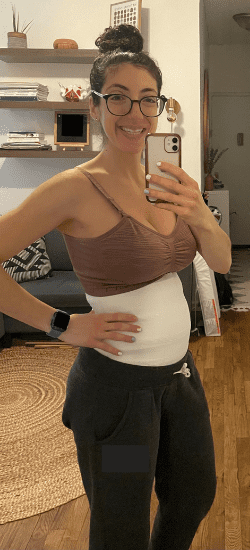
Start wearing it for a few hours a day and slowly increase from there.
For more information on wearing an abdominal binder in the postpartum, click here.
Dermoplast
Dermoplast is a topical anesthetic spray that the hospital typically gives you for vaginal and rectal pain relief postpartum.
This perineal spray is beneficial if you have sustained any lacerations or suffer from hemorrhoids.
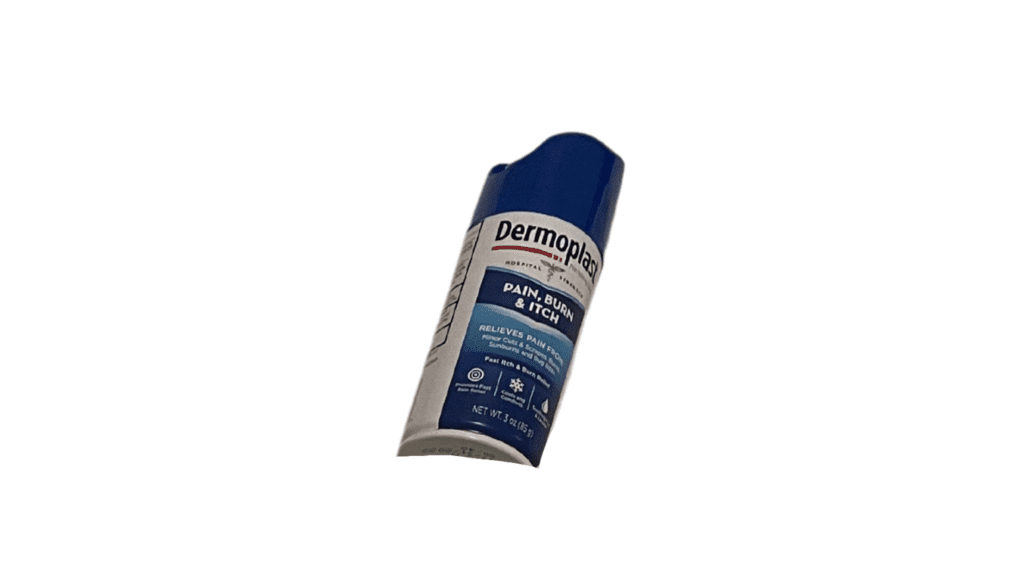
Feel free to spray your vagina and rectum after using the bathroom and reapply as needed.
Breast Pump
If you plan to breastfeed or give your baby breast milk, you should buy a pump.
There are a ton of breast pumps on the market, and it can be very overwhelming to know which one to buy.
With that said, your decision may be made easier based on the type of pump your insurance company offers.
I chose the Spectra S2 Plus Electric Pump from my insurance company as it is a hospital-grade pump and free 🙂
The only con is that I have to stay plugged in to the wall and machine when using it.
As an OBGYN and new mom, I also wanted a wireless hands-free option, so I bought this pump from Amazon, and I am so happy I did.
I could pump while cooking, cleaning, seeing patients, or responding to emails with it!
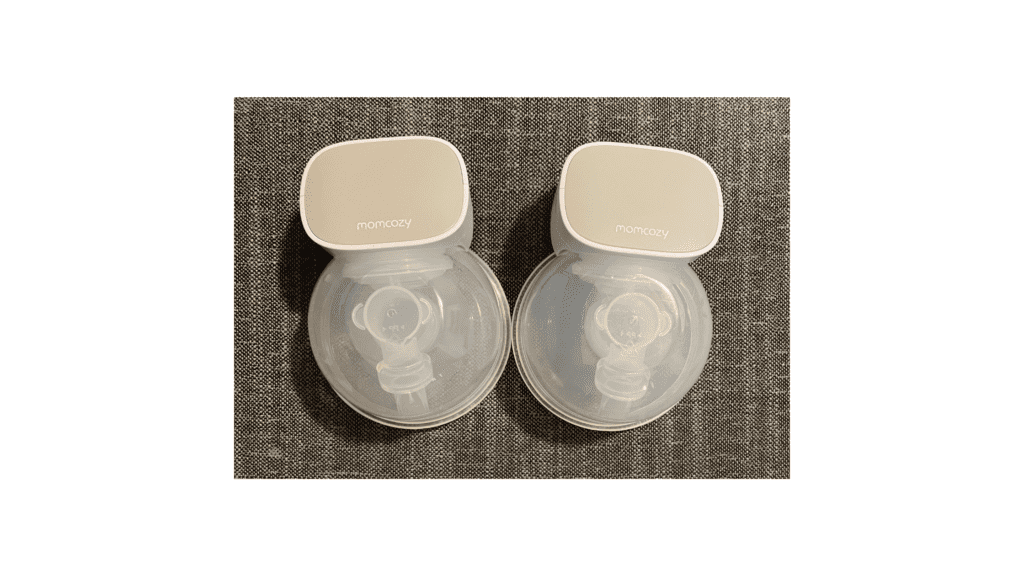
Nursing Bra
A nursing bra is critical when breastfeeding.
In fact, this 2-in-1 nursing and pumping bra is even better.
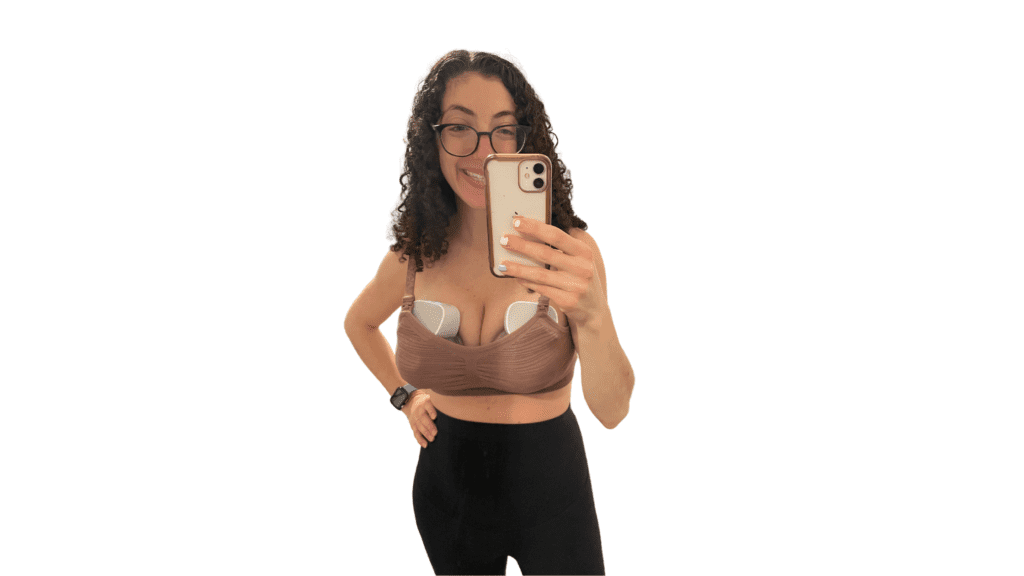
Let’s face it; it is not comfortable to have your breast compressed from lifting your shirt.
With a nursing bra, you can just unsnap your bra and give your newborn full access while supporting your other breast.
Nipple Cream
It is common to get sore nipples that are sensitive and even cracked when you start breastfeeding.
It is during these times that nipple cream will be helpful.
Nipple cream can be applied after each feeding session and may provide you with some comfort and healing.
Just check the ingredients before purchasing, as your baby might consume small amounts of the product while feeding, despite you wiping it off.
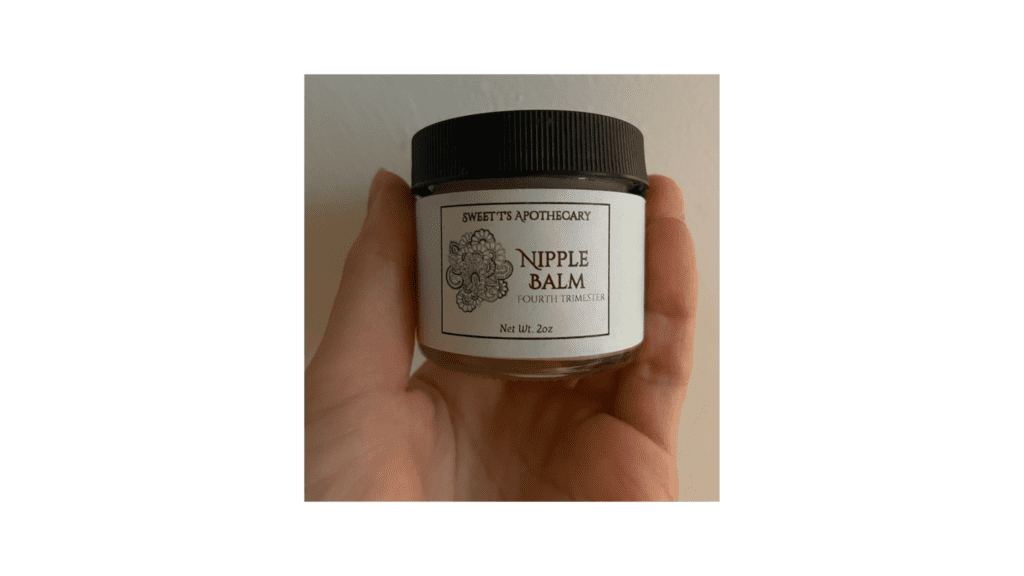
Breast Shields
In addition to nipple cream, breast shields can help protect your sore, sensitive nipples from your bra or clothing.
The shields also collect any breast milk that leaks between feeds and pumping sessions, which can help build your supply for the future!
There are many shields on the market, but these are the ones I used and loved
They are super comfortable, stay in place, collect a decent amount of milk, and have a plug at the top so that no milk leaks out, even when lying down!
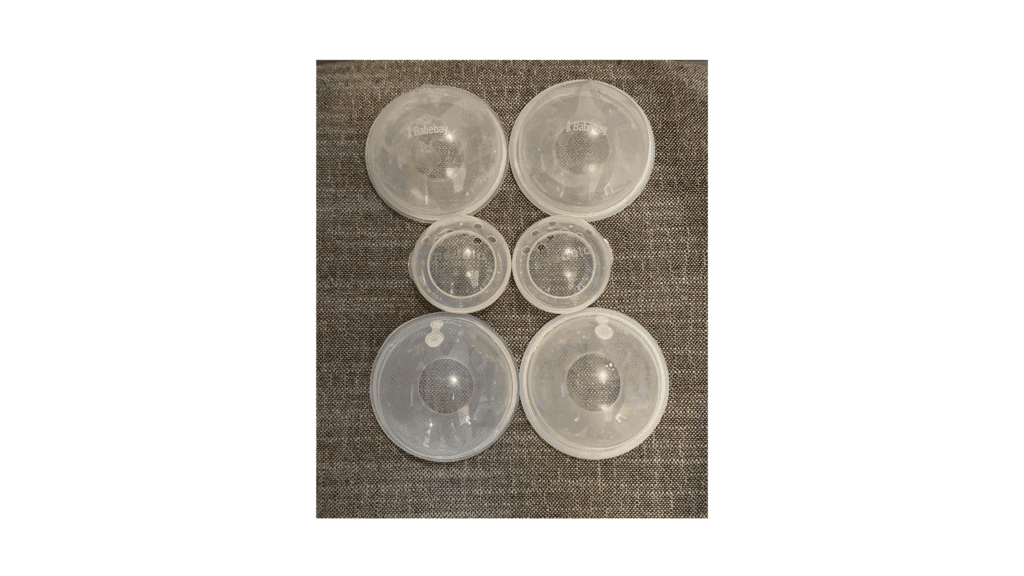
Warming Lactation Massager
If you start to feel a clogged duct or notice your milk isn’t coming out as fast, you can try this fantastic warming lactation massager.
It helps to improve milk flow and relieve clogged ducts and engorgement by using vibration and heat.
I found this device extremely helpful in the immediate postpartum as my body started upregulating milk production.
Thankfully I never had a clogged duct or mastitis, but if you do experience this, you should speak with a lactation consultant.
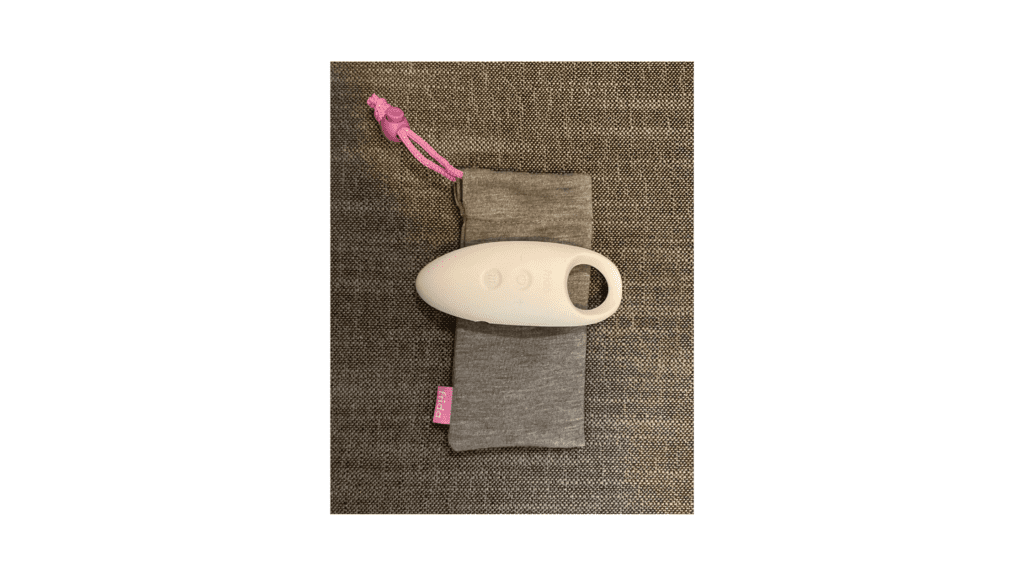
The Haakaa Pump
This manual breast pump is a lifesaver! Especially when you experience milk letdown.
Letdown is a normal physiologic reflex that responds to your baby suckling. As your baby sucks from one breast, milk will be released from the opposite breast.
The Haakaa is designed to catch the letdown from the opposite breast whenever you are feeding.
The Haakaa also provides a small amount of suction, so it serves as a breast pump as well!
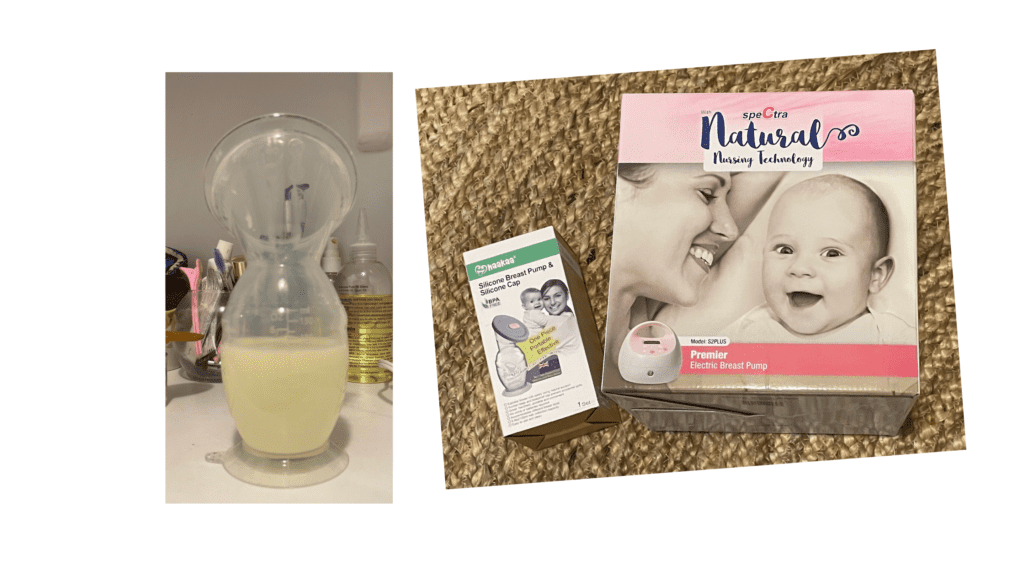
Stool Softeners
Your first bowel movement postpartum may be pretty scary and uncomfortable.
Ideally, you do not want to strain early on.
So if you are constipated, stool softeners can be a big help in the postpartum period.
In addition to the medication, make sure you eat fiber-rich foods, including lots of green vegetables to help.
Water Bottle
Water is essential in the postpartum, and you should always have a bottle full of water in hand reach.
This is especially true if you are breastfeeding. You must stay hydrated for adequate milk production!
postpartum checklist pDF
Here is my big list of postpartum essentials that you can download for free.
Postpartum Essentials For The Newborn
Briefly, here are the essential things you need for your new baby.
- Crib or Bassinet
- Baby Wrap or Carrier
- Diapers (Have at least 200 disposable diapers or ~20 cloth diapers)
- Baby Wipes (Have at least 200 disposable wipes or ~20 washcloths)
- Bottles (Plan on having at least two different brands)
- Baby clothes
- Swaddle
- Blankets
- Diaper Bag
- Cream for diaper rash
Okay, so now that you know what you need for your recovery, let’s see what you can get from the hospital.
What does the hospital give you for postpartum?
Luckily, the hospital will give you some items for free that you can take home postpartum if you’d like.
FYI Each hospital is different, so the brands or items given to you may vary.
- Peri bottle
- Postpartum Maxi Pads
- Witch Hazel Pads
- Postpartum Panties/Shorts
- Abdominal Binder
- Dermoplast Spray
- Ice Packs
- Hot Packs
- Pain Medication
- Stool Softeners
- Socks
- Gown
- Toothbrush and Toothpaste
If you do not get one of these items, feel free to ask if it is available.
How many pads do you need postpartum?
You will need about 6-8 postpartum pads per day immediately following your delivery.
I used 6-8 pads a day for about a week.
The bleeding will slowly decrease as the days progress, requiring only a panty liner.
How often should you change your pad after giving birth?
After giving birth, you should change your postpartum pad every 3-4 hours.
If your pad is saturated with blood after 1 hour and continues, you may be experiencing a postpartum hemorrhage. Inform your nurse or health care provider immediately.
Can I use regular pads instead of maternity pads?
Yes, you can use regular pads instead of maternity pads.
However, you should use two regular pads, one in front of the other, as you may have heavier bleeding and want to prevent leak-throughs.
Once the vaginal bleeding decreases, you can use one maternity pad.
What relieves postpartum pain?
Postpartum pain can be relieved with over-the-counter pain medication, topical spray, and rest.
However, you must be aware of the different kinds of postpartum pain you might experience.
Let’s discuss the most common reasons for postpartum pain and when you should seek medical attention.
Breast Pain
Breast pain is common in breastfeeding women due to increased milk supply.
Warm compresses, gentle massage, and frequent pumping or breastfeeding to avoid engorgement can help.
If you notice your breast is red or erythematous or have a fever, you may have mastitis.
Seek care right away!
Incisional Pain
Incisional pain from your cesarean section is common. Oral pain medication such as Tylenol or Motrin will help.
The incision should not be erythematous or drain any fluid as this could represent an infection that will require medical treatment.
Low Back Pain
Low back pain is common postpartum and can be due to several factors such as:
- weakened abdominal muscles,
- postural misalignment, and
- changes to your sleeping position
So first, you must identify the reason for your back pain and then treat it appropriately.
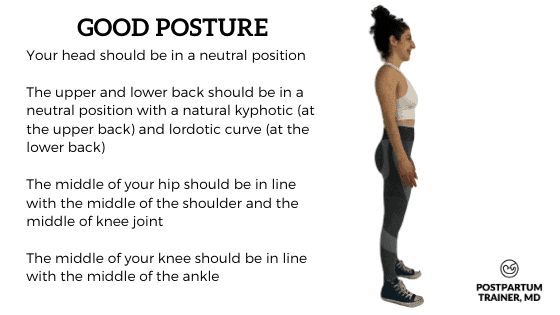
Pelvic and Rectal Pain
Pelvic and rectal pain is common postpartum and can be treated with:
- oral pain medication,
- local anesthetic spray,
- Witch hazel pads,
- Sitz baths
- avoiding constipation by taking your stool softeners, eating a well-balanced diet, and
- pelvic rest.
Headache
Any symptoms of:
- severe headache
- right upper quadrant abdominal pain
- shortness of breath
- blurry vision
- elevated blood pressure
may represent postpartum preeclampsia which requires urgent treatment.
Calf Pain
Pain, inflammation, and redness in one of your calves can represent a deep venous thrombosis, aka a blood clot.
Postpartum women are at increased risk of clotting, so pay close attention to calf pain, especially if it is one-sided.
Chest Pain
Chest pain and difficulty breathing postpartum also require immediate medical attention as this could represent a blood clot in your lung.
Always seek urgent care right away!
How long does postpartum discomfort last?
Postpartum discomfort typically lasts 4-6 weeks, on average.
If you had a cesarean section, your postpartum discomfort might last longer. Remember, a c-section is major abdominal surgery, and your body needs time to recover.
Everyone is different and on their own unique journey, so try not to compare yourself to others.
Some women may feel like themselves sooner, and some may still feel discomfort at six weeks postpartum.
Just make sure you discuss all of your concerns with your OBGYN or healthcare provider at your postpartum visit.
How can I speed up my postpartum recovery?
You can speed up your postpartum recovery by:
- staying active throughout your pregnancy
- not gaining an excessive amount of weight during the prenatal period
- walking in the postpartum to increase blood flow
- performing exercises to rebuild your core and pelvic floor
- resting as much as you can
- eating a well-balanced diet
- drinking plenty of water
All of these things will help your body recover and improve wound healing.
How long should I do a sitz bath after delivery?
A sitz bath is a warm water bath that you sit in to relieve vaginal and rectal pain.
Sitz baths can be performed a few days after vaginal delivery and continued for several weeks.
Here is how you should perform a sitz bath:
- Fill your tub with warm water so that your legs, buttocks, and labia are submerged.
- Feel free to add Epsom salt or witch hazel for added relief.
- Sit for 10 minutes.
- Gently pat your vaginal and rectal area with a clean, unused towel when you are ready to get out.
**Try not to submerge your entire vagina underwater in the first few days postpartum as your cervix may still be open and can be susceptible to infection.
minimalist postpartum essentials
If you are a minimalist, here are the absolute postpartum essentials you need for your recovery:
- Peri bottle
- Postpartum Pads
- Postpartum Panties
- Pain medication + Stool Softener
- Haakaa (if you are breastfeeding)
For your newborn, here are the minimalist essentials:
- Crib or Bassinet
- Baby Wrap or Carrier
- Diapers (Have at least 200 disposable diapers or ~20 cloth diapers)
- Baby Wipes (Have at least 200 disposable wipes or ~20 washcloths)
- Bottles (Plan on having at least two different brands)
- Baby clothes
What do you put in a postpartum care package?
To create the best postpartum care package, there are several items you should put inside.
- One perineal squirt bottle
- Four postpartum disposable pads
- Four small ice packs
- Two breast pads
- One package of soft toilet paper
- One package of witch hazel pads
- One nursing bra
- Nipple cream
- Lactation cookies
- Epsom salts
- A lovely card telling her how great she is doing
Other Related Questions
How long does it take for the cervix to heal after birth?
Most women will have a cervix less than 1 centimeter dilated at one week postpartum.
However, the time it takes for your cervix to heal postpartum depends on your delivery.
During the laboring process, your cervix had to soften and dilate to 10 centimeters. After pushing out a baby, you could imagine that your cervix will remain soft, floppy, and dilated for a few days.
Sometimes, your cervix may never close completely after having a baby- this is normal and expected.
Also, if you sustained cervical trauma requiring stitches, your cervix would take longer to heal.
How soon can you walk after giving birth?
You can walk immediately after giving birth!
It is probably one of the best things you can do for yourself to speed up your recovery.
Walking will help activate your leg muscles and redistribute the fluid that has been collected in your legs from being in bed.
Just make sure you inform your nurse before getting out of bed the first time so that someone can accompany you.
How long do you bleed after a vaginal birth?
You can expect to have lochia or postpartum vaginal bleeding for up to 6 weeks after giving birth.
Initially, the bleeding will be heavy, but it will get less and less as each day progresses.
By week 3-4, you may only need a panty liner.
Just beware, the bleeding may stop and then return- this is entirely normal!
Final Words on Postpartum Essentials
The early days of postpartum are far from easy for new moms.
Aside from taking care of your new baby, producing breast milk, and taking care of all the household chores, you need to remember to take a few moments for yourself!
I hope this post can help make things easier for you and set you up for success.
Remember to reach out if you feel sad, depressed, or anxious.
You are never alone!
Now I want to hear from you.
What postpartum essential did you find most useful?
Comment below and let me know.
P.S. If you want to see my top pregnancy essentials, check out this post!
Get Four Free Workouts To Help Strengthen Your Pelvic Floor & Heal Your Mommy Tummy!
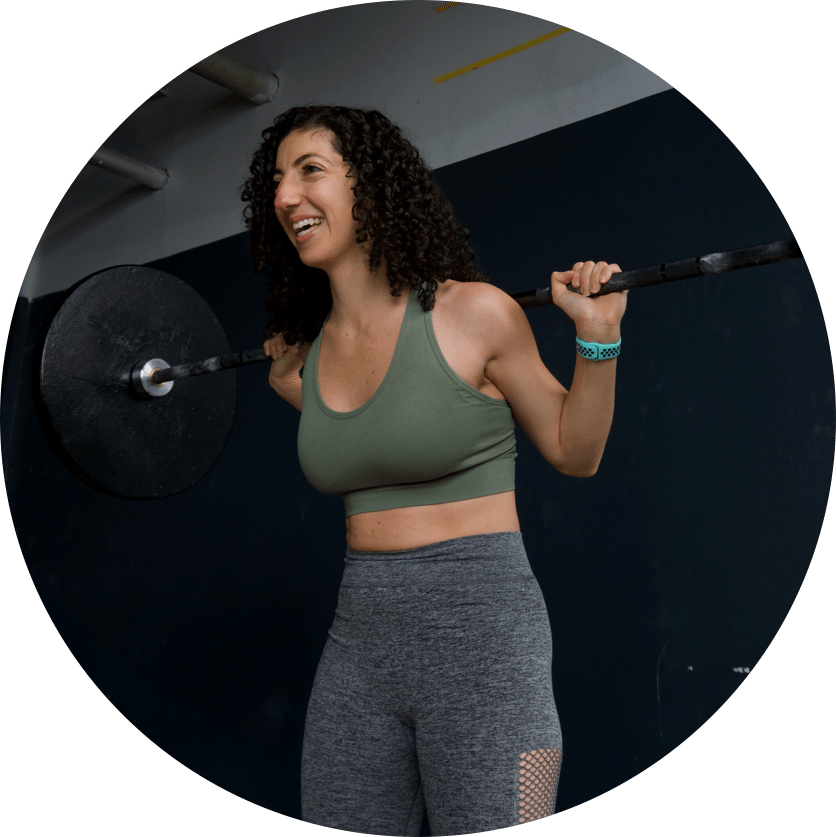
Brittany Robles, MD, MPH, CPT
Brittany Robles is a full-time OBGYN physician, a NASM certified trainer, and a prenatal and postnatal fitness specialist. She holds a Master of Public Health degree in maternal health with a special interest in exercise and nutrition. She is also the co-author of The White Coat Trainer. Learn more about her here.
Sharing is Caring – Send This To A Mom In Need!

Period undies! These give relief from pads which is needed after few weeks. Also good for when in bed because you can shuffle about to get in a good position for feeding. Andcwith stitches the pads rub but undies don’t.
Hi Jade,
Thank you so much for sharing!
Period panties sound like a great option- I have yet to try them.